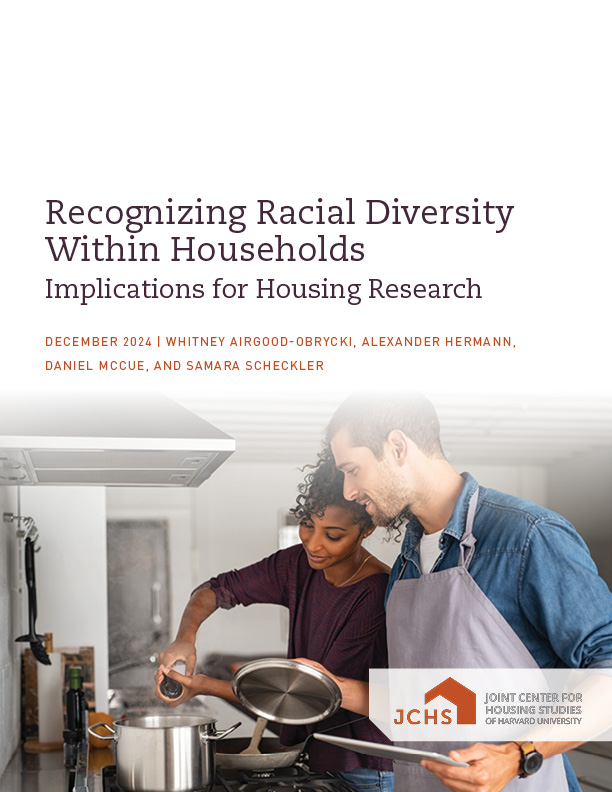Recognizing Racial Diversity Within Households: Implications for Housing Research
Demographic research frequently categorizes households by race and ethnicity using the characteristics of a single person rather than considering all household members. In this paper, we explore how this common method of assigning race/ethnicity might understate the diversity of US households. We consider the race/ethnicity of all adult household members to estimate how prevalent multi-race households are, how they differ from single-race households, and what their housing outcomes are.
Through this analysis, we identify 13.5 million multi-race households in the US, representing 10 percent of all households. About half of these households are characterized as white by the traditional householder method for assigning race/ethnicity. When the races/ethnicities of all adult household members are taken into account, the share of households that include a person of color increases by 5 percentage points, capturing greater diversity. Multi-race households tend to have lower homeownership rates than single-race households, and cost burden rates are essentially the same for both groups. However, there is wide variation in housing outcomes among multi-race households based on the racial and ethnic makeup of adults in their household. The findings underscore the greater diversity and complexity of household composition that can be illuminated by looking beyond the race/ethnicity of the householder alone.

